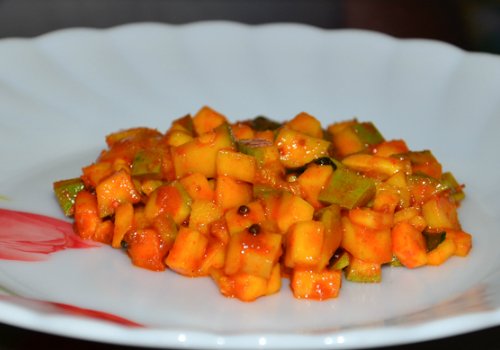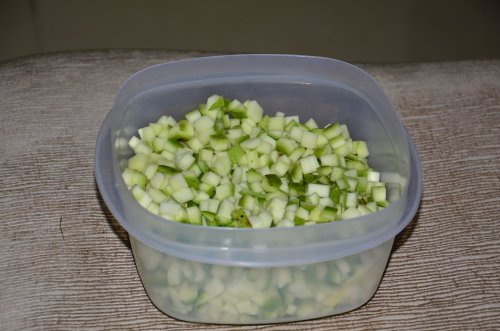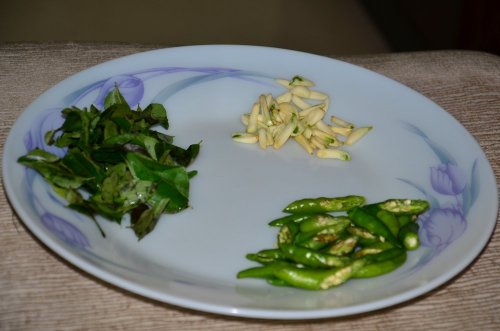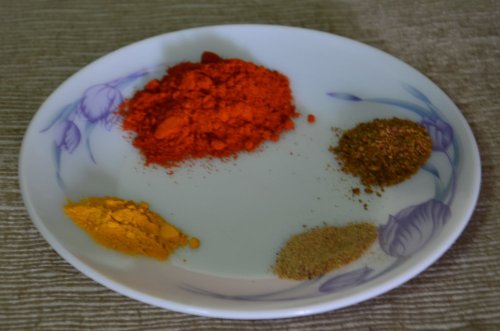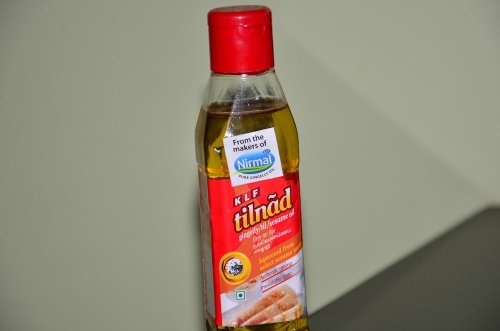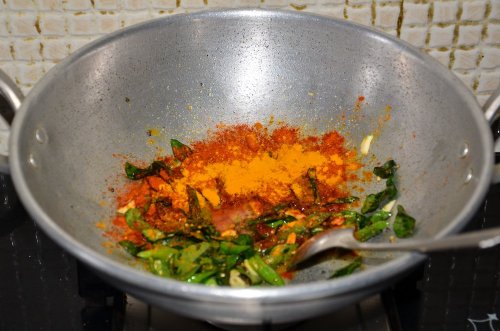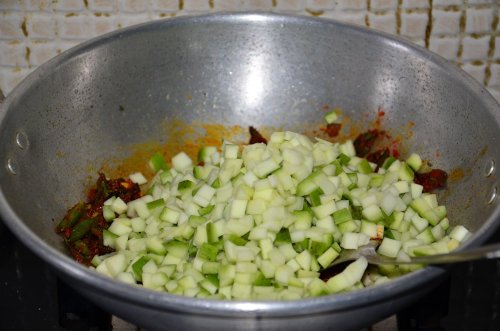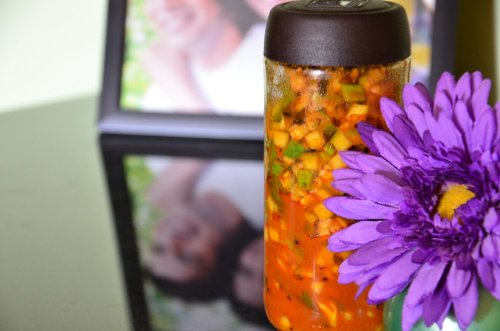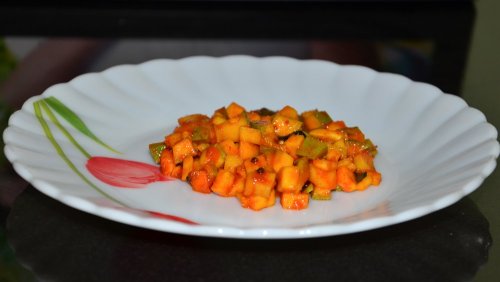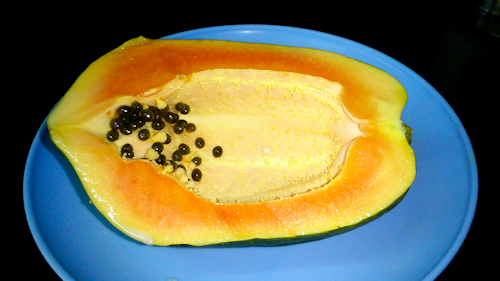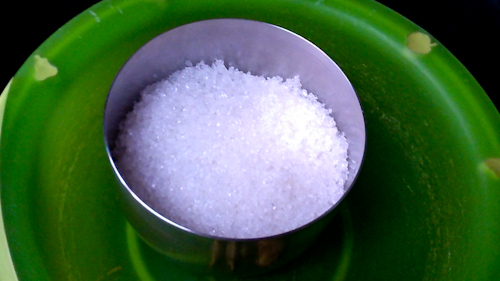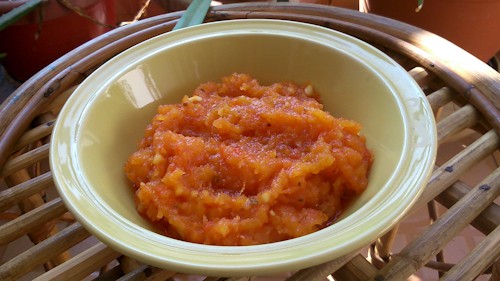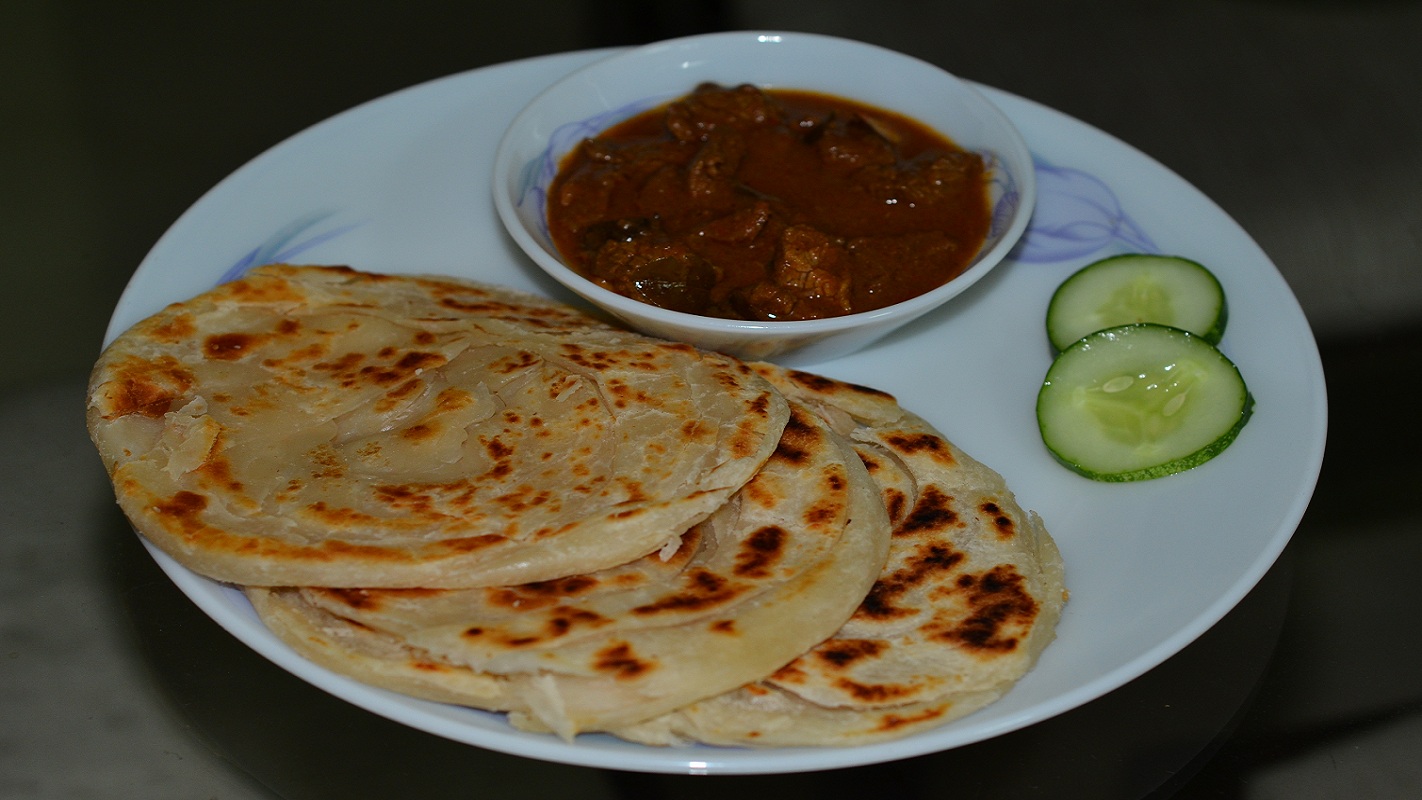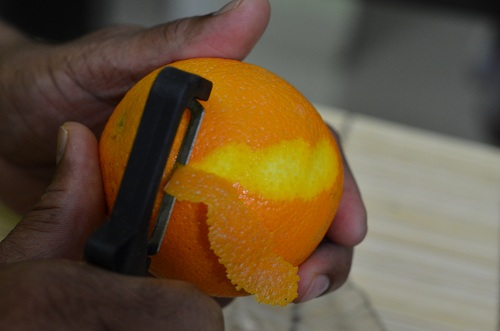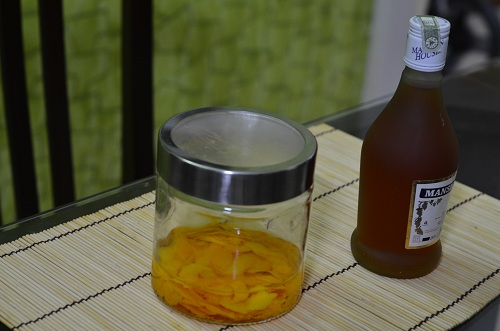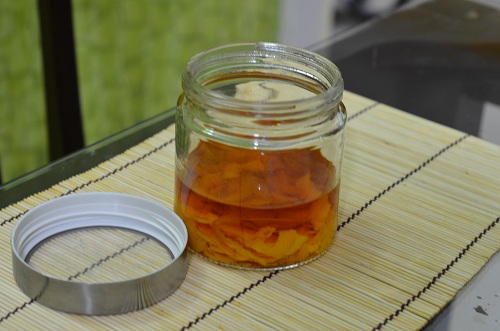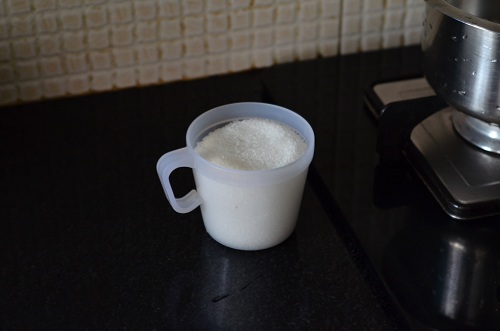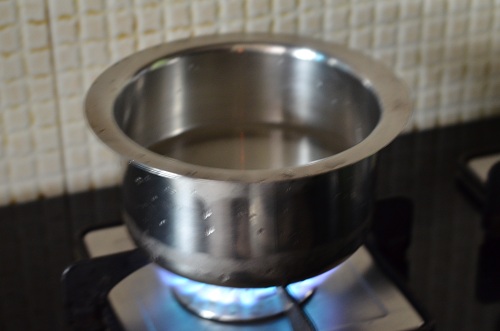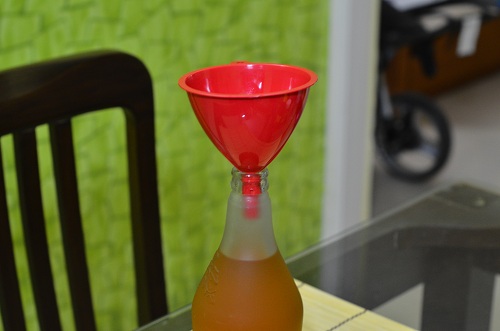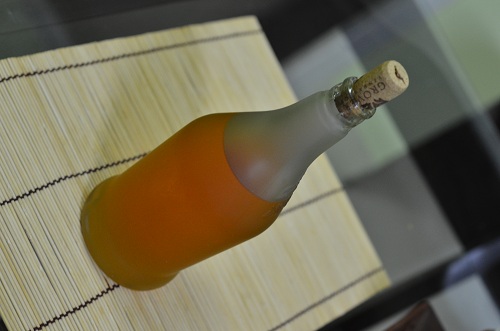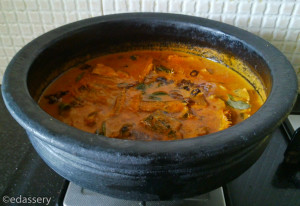 Sardines are one of the cheapest and healthiest fishes available in India. They contain plenty of unsaturated fat, Omega-3 fatty acids and minerals and hence extremely good for your health when consumed in steamed or curried form and not as fried fish – although fried ones taste exceptionally good. In the state of Kerala, the Mathi Curry (fish curry made out of Sardines) (
Sardines are one of the cheapest and healthiest fishes available in India. They contain plenty of unsaturated fat, Omega-3 fatty acids and minerals and hence extremely good for your health when consumed in steamed or curried form and not as fried fish – although fried ones taste exceptionally good. In the state of Kerala, the Mathi Curry (fish curry made out of Sardines) (
Fish curry in Kerala style comes in three or four close variants and they are fairly easy to make. The secret to making lip-smacking fish curry lies in the quality of ingredients used – primarily the coconut and the fish itself that has to be fresh and cleaned really very well (Read: Not like how your vendor does it).
Let us now head over and see how my variant of Sardine curry recipe looks like.
Ingredients
- Indian Sardines (aka Indian Oil Sardines) – 1Kg, cleaned & cut into 2-3 pieces
- Mustard Seeds (big) – One pinch
- Shallots – 1 cup, finely chopped
- Ginger – 1/2 inch, sliced lengthwise into 3-4 pieces
- Garlic – 4 to 5 cloves, sliced lengthwise
- Green Chillies – 2, split (once lengthwise)
- Curry Leaves – 10-12 leaves
- Salt – 1 teaspoon
- Cambodge (Kokam) – 3-4 pieces (Soaked in water for 15 mins)
- Coconut Oil – 2 tablespoons
- Kashmiri Chilli Powder – 1 teaspoon
- Regular Chilli Powder – ½ teaspoon
- Coriander Powder – 1 teaspoon
- Turmeric Powder – ½ teaspoon
- Fenugreek Powder – One pinch
- Fresh Coconut – ½ portion, scraped
Note: Ingredients from 11 to 15 can be replaced with 3-4 teaspoons of Eastern or Nirapara brand of Fish masala powder. I personally use the Eastern brand
For decoration & seasoning:
– Curry leaves – 1 string
– Shallots – 2, vertically sliced to make thin separable rings
– Coconut oil – 1 tablespoon
Preparation of Mathi Curry
Grind ingredients 11 to 16 (Kashmiri chilli powder to coconut) into a fine paste after adding adequate water.
Heat a seasoned earthen pot (or non-stick pan) and add 2 tablespoons of coconut oil to it. When the oil is really hot, add mustard seeds and wait till they crackle.
Add chopped shallots to it and sauté it in high flame till it turns light brown and soft. Add ginger-garlic slices, green chillies and curry leaves and stir fry for about 30 seconds.
Add the ground paste to it, about 1½ cups of water and soaked cambodge (along with the water used for soaking), salt and mix very well.
Add fish pieces and make sure that they are immersed well in the masala. Cook in high heat till it starts boiling and cook in medium flame further for about 8-10 minutes occasionally (every two minutes or so) shaking the content by holding the edges of the earthen pot rather than using a ladle to stir.
Turn of the flame and add the string of curry leaves on top to garnish.
For seasoning, heat 1 tablespoon coconut oil in the seasoning tawa and add the shallot rings to it. Stir fry till they are dark golden brown and add it along with the oil to the fish curry.
Serving Suggestion
Mathi Curry can be served hot with steamed white rice or boiled red rice while another popular combination is Kappa (Steamed Kasava or Tapioca) which is one of the staple foods in Kerala.
Bonus Tips:
Sardines need to be cleaned really well even after your fish vendor has done a decent job. It has to be without any stain or blackspots on the inside part and no scales whatsoever outside. Rub them and wash well with crystal salt for extra cleaning.
Coconut used should be really fresh, slightly sweet and full of milk and that makes all the difference.

